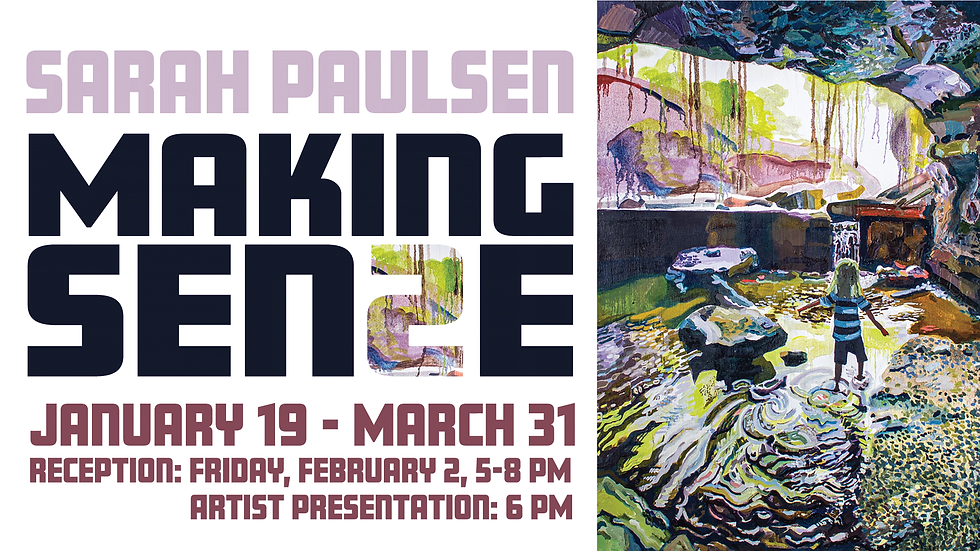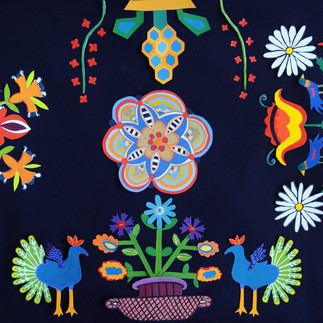Sarah Paulsen: Making Sense
- accounts4480
- Jun 28, 2024
- 2 min read

The exhibition displays artwork and animated documentary videos by Paulsen, an award-winning St. Louis artist whose colorful paintings and animated documentaries center on the dominant themes of freedom, equity, and belonging. “Making Sense” will be on display at the Swope from January 19-March 31.
“I grew up in a white majority society where I was taught to believe in the values of equity and diversity,” said Paulsen, “But as I made my way into the world, my relationships with Hispanic and African-American people made me realize how the complexities of people’s loss of identity leads to lots of trouble for society as a whole and for individuals. Through my art, I try to stimulate people into accepting and enjoying one another’s diversity.”
Paulsen’s paintings feature an array of vividly colored images of people with separate identities. Some artworks place diverse people in the same setting, using iconic structures from different parts of the world to create a sense of unity.
Paulsen’s engaging and informative stop-motion animations are displayed using video equipment provided by a technology grant to the artist, the Swope, and Indiana State University. Paulsen created the animations by photographing her artwork in various stages of completion and connecting the stages in an animation similar to a reel of video.
One Paulsen documentary, “White by Law,” is based on a book by Ian Haney Lopez. This animation creatively depicts how in the 1800s and up to the mid-20th century the United States Supreme Court had many legal rulings based on the popular racial prejudices of the times. One of Paulsen’s animated examples is the 1857 Scott v. Sanford Supreme Court decision that no person born a slave had any right of access to the American court system.
Paulsen’s animated documentary, “An Elegy to Connie,” is the caringly told story of the mass murder of eight people in Paulsen’s hometown, Kirkwood, Missouri, and how members of both African American and White communities were impacted. Paulsen became interested in the subject because one of the murder victims was a city council member who had been a close friend of her mother. The murders happened as a negative consequence of White-majority Kirkwood incorporating an adjacent African-American community. This merger caused an African-American businessman’s construction business to go bankrupt when the Kirkwood city council did not renew the contracts he had when his Black community managed its own business affairs.
“In this time when there is such divisiveness in America, the Swope hopes that a show of Paulsen’s artworks will offer insight into the positive possibilities of diversity in our community and in our country,” said Swope curator, Amy MacLennan.



















Comments